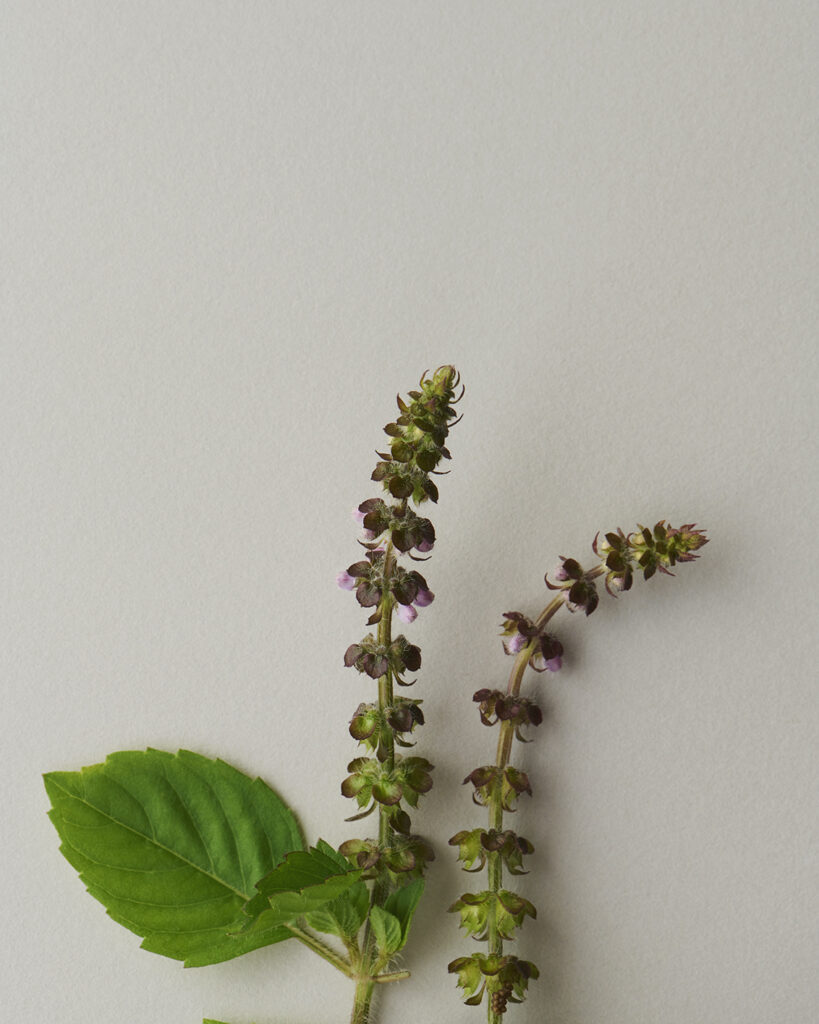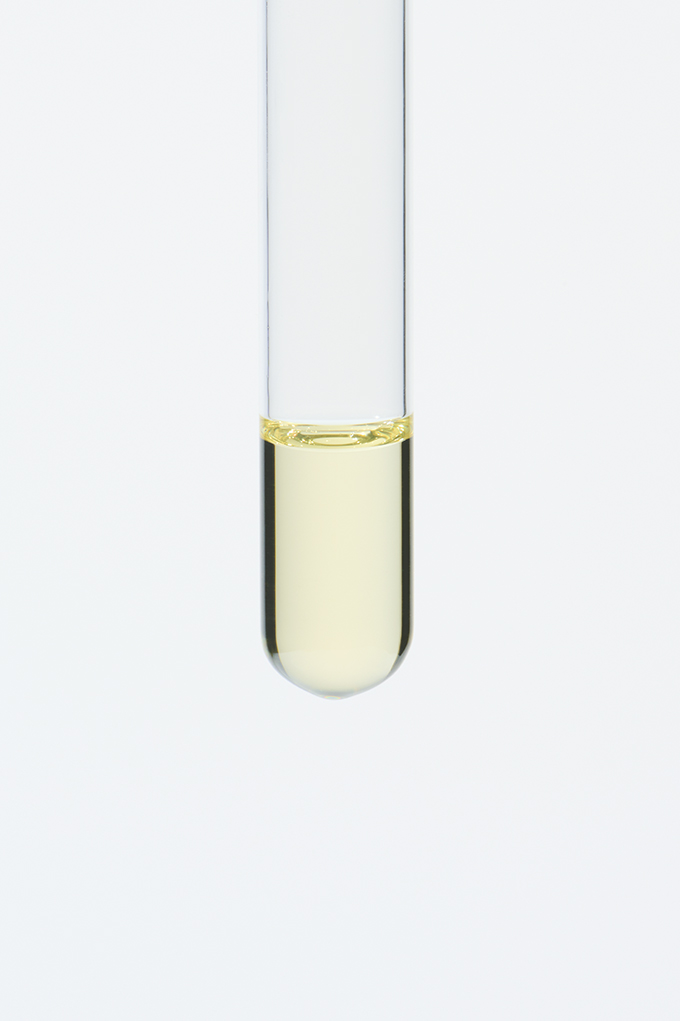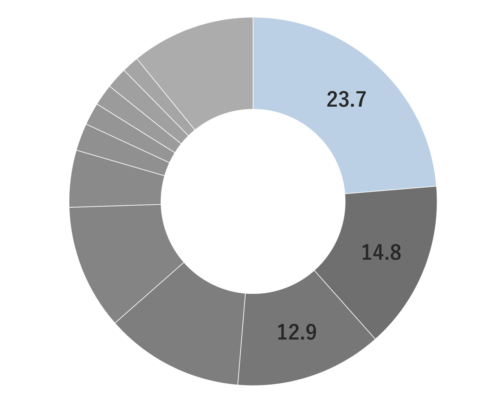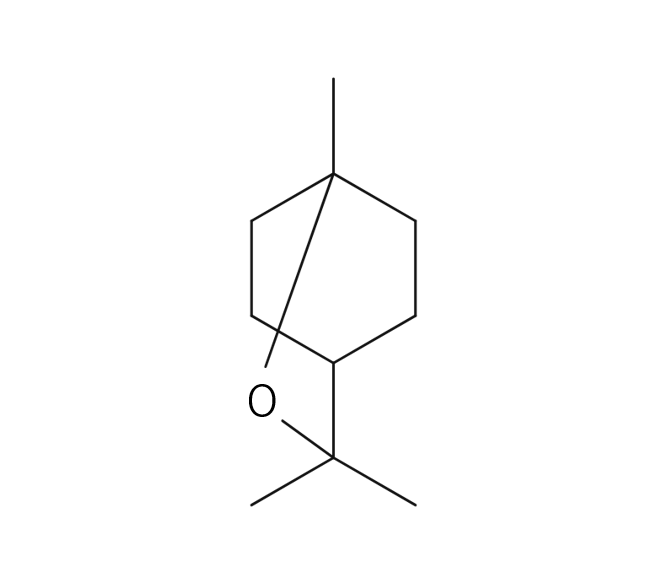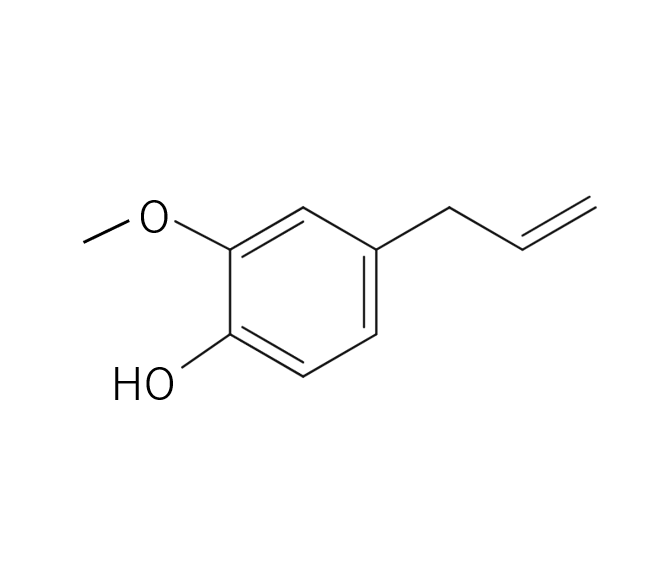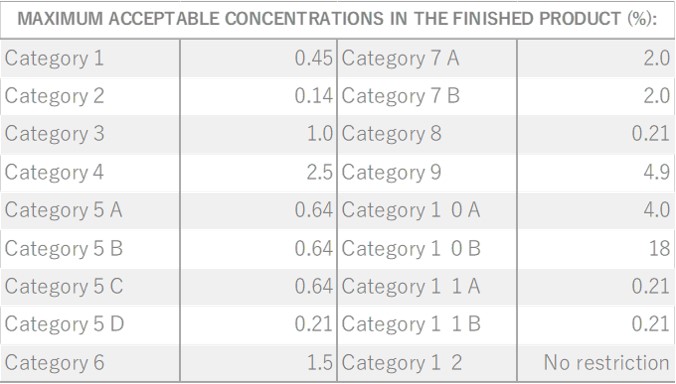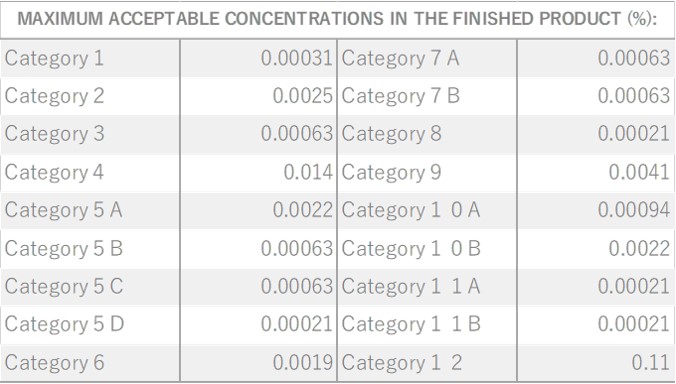Holy Basil is a plant belonging to the Lamiaceae family and grows up to 50 cm. It has purple flowers that bloom from spring to late fall and has two species of leaves, green and purple. Revered as a sacred plant in India for centuries, it is said that Christians gave it the holy name and called it “Holy Basil”. In Ayurveda, Holy Basil has been recognized for thousands of years as an adaptogenic herb. It has also been used on many occasions as a sacred plant, such as in India, where it is considered a sacred plant dedicated to the supreme goddess Vrindavani in her palace, and to accompany the death of Brahmin, a holy priest. Holy Basil is also known to be used as a culinary ingredient in Thai cuisine. The herb is native to regions like Nepal, India, and Africa.

